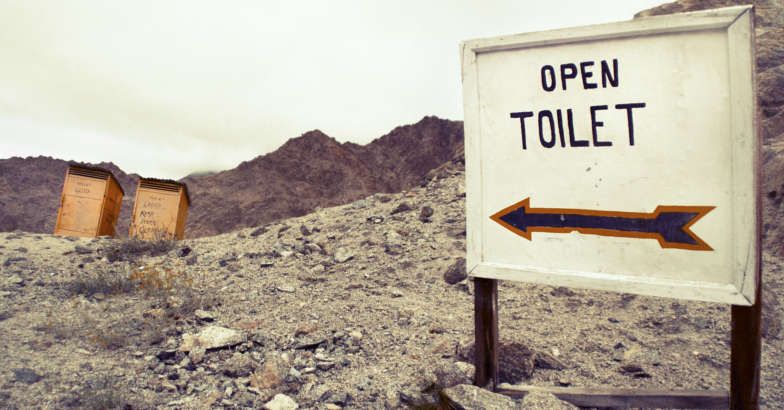Xerox managed print services (MPS) customers will have the opportunity to contribute to the reforestation of global forests through Xerox’s new partnership with PrintReleaf. Based on a theme of “you print one, we’ll plant one,” PrintReleaf leverages paper usage reporting and equates the number of trees needed to reforest that usage on an equivalent basis in geographic areas of need.
Customers from around the world will be able to sign up for PrintReleaf as an add-on to a managed print services contract. Through an online portal, customers can select the managed forestry projects where their trees will be planted, in addition to tracking and reporting on their direct reforestation impact.
“From our Green World Alliance program to the Xerox Print Awareness Tool, we have long been known for our dedication to sustainability,” said Wendi Latko, Vice president, Environment, Health, Safety & Sustainability, Xerox. “With PrintReleaf, now we’re able to take that commitment one step further by empowering our MPS customers with an industry certified service that will accelerate and promote their efforts as stewards of the environment.”
Jordan Darragh, CEO and founder, PrintReleaf, “This partnership holds great potential as we expand our network and reach new reforestation goals.”
PrintReleaf is a technology platform that measures customers’ paper usage and equates the number of trees needed to reforest that usage on an equivalent basis. PrintReleaf technology will not only tracks paper consumption, but also monitor reforestation partners to ensure fulfilment. Market-leading companies with a passion for the environment and a progressive concern for advancing environmental stewardship, together with their customers, rely on this technology to provide a nexus of partnerships involving forestry, technology, and business.
For a seamless integration between work and personal worlds, we need innovation in our everyday lives, technologies and intelligent work solutions to help people communicate and work better.
Thank you for reading the story until the very end. We appreciate the time you have given us. In addition, your thoughts and inputs will genuinely make a difference to us. Please do drop in a line and help us do better.
Regards,
The CSR Journal Team










